Steel Products
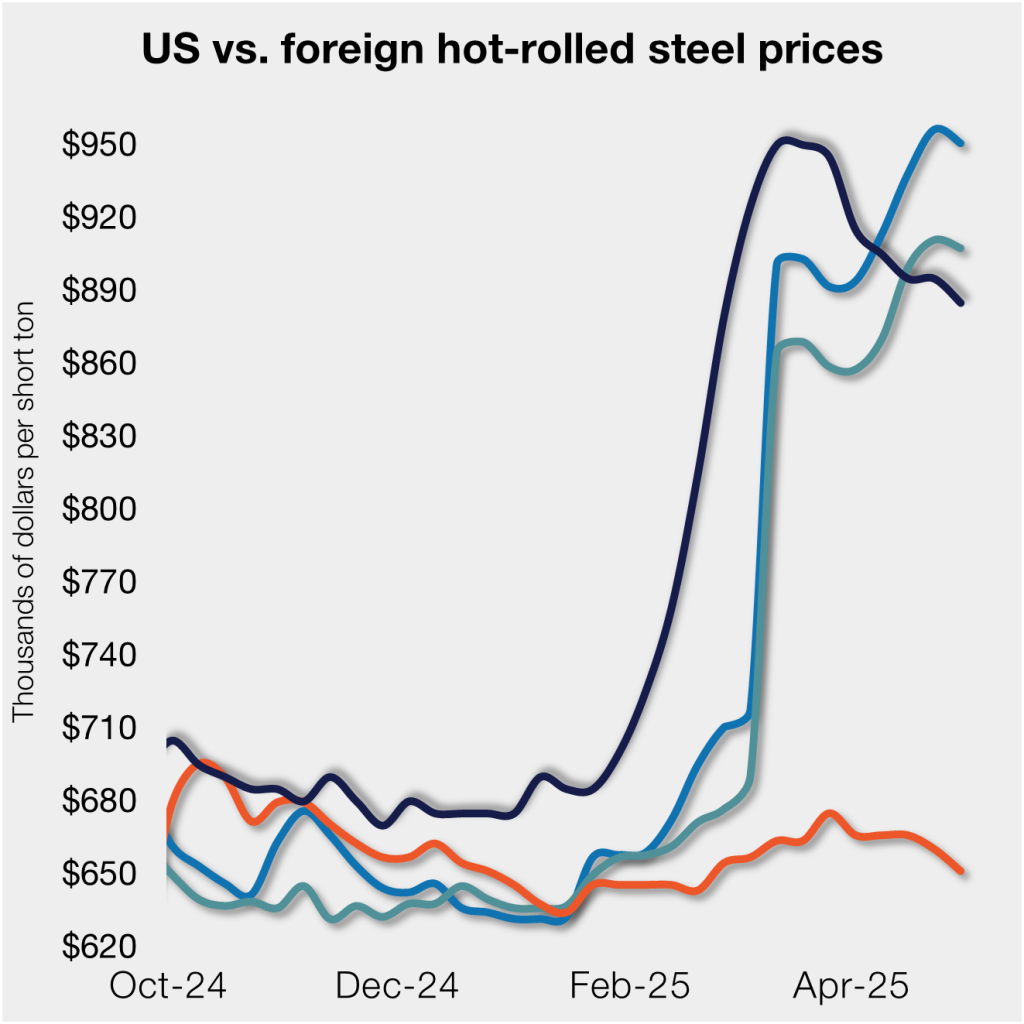
EU HR prices gain ground on US, Asian HR still well behind
Written by David Schollaert
May 1, 2025
Domestic hot-rolled (HR) coil prices moved lower this week after a brief pause the prior week. US hot band has declined five times over the past six weeks, even as some price erosion has recently been seen in offshore markets.
Tariff fears resulted in early buying, pulling forward demand. The move slowed the US market and lowered prices, and spot buyers moved to the sidelines.
Section 232 returned on March 12, and since then, the price gap between offshore and US hot band has tightened. Before that, allies like Japan and the EU weren’t facing the 25% tariff. Things have shifted since (see Figure 1).
By the numbers
This week, SMU’s average domestic HR price was $885 per short ton (st), down $10/st vs. the previous week.
The result: Domestic HR is theoretically on average 5.5% more expensive than imported material, down from 5.9% last week.
The gap is still exclusively impacted by the wide delta over Asian HR. Because both German and Italian product are now at a premium to US HR on a landed basis. This is a shift from just six weeks ago, when stateside hot band was 25.5% more expensive than imports. That gap narrowed immediately after S232 took effect.
In dollar-per-ton terms, US HR is now, on average, $48/st more expensive than offshore product. That’s roughly $5/st lower than the previous week.
The charts below compare HR prices in the US, Germany, Italy, and Asia. The left side highlights prices over the last two years. The right side zooms in to show more recent trends.
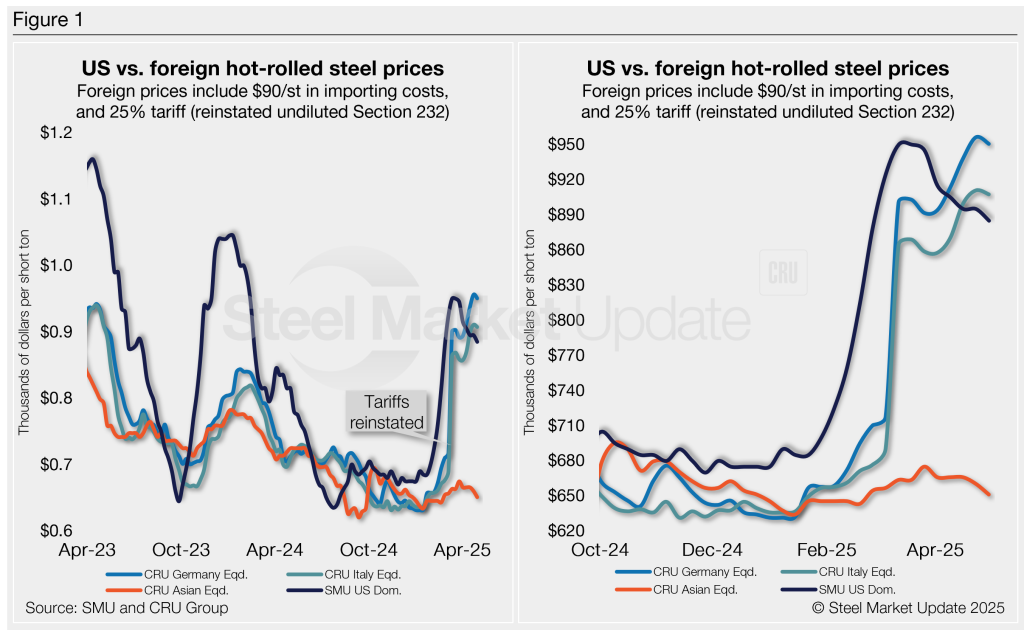
Methodology
SMU calculates the theoretical spread between domestic (FOB mill) and foreign (delivered to US ports) HR coil prices. We do this by comparing our weekly US HR assessment to CRU’s weekly HR indices for Germany, Italy, and East and Southeast Asian ports. This calculation is purely theoretical. Actual import costs can vary significantly and affect the true market spread.
To estimate the CIF price at US ports, we add a $90/st charge to all foreign prices to account for freight, handling, and trader margins, along with the 25% blanket tariff. This $90/st figure serves as a general benchmark — buyers should adjust it based on their specific shipping and handling expenses.
If you import steel and have insights on these costs, we’d love to hear from you. Contact the author at david@steelmarketupdate.com.
Asian HRC (East and Southeast Asian ports)
As of Wednesday, April 30, the CRU Asian HRC price was $449/st, down $7/st vs. the week prior. Adding a 25% tariff and $90/st in estimated import costs, the delivered price of Asian HRC to the US is ~$651/st. As noted above, the latest SMU US HR price is $885/st on average.
The result: Prices for US-produced HR are theoretically $234/st higher than steel imported from Asia, just $1/st lower week over week (w/w). The premium remains not far from recent highs seen in 2023 when stateside tags were ~$300 /st more expensive than Asian products.
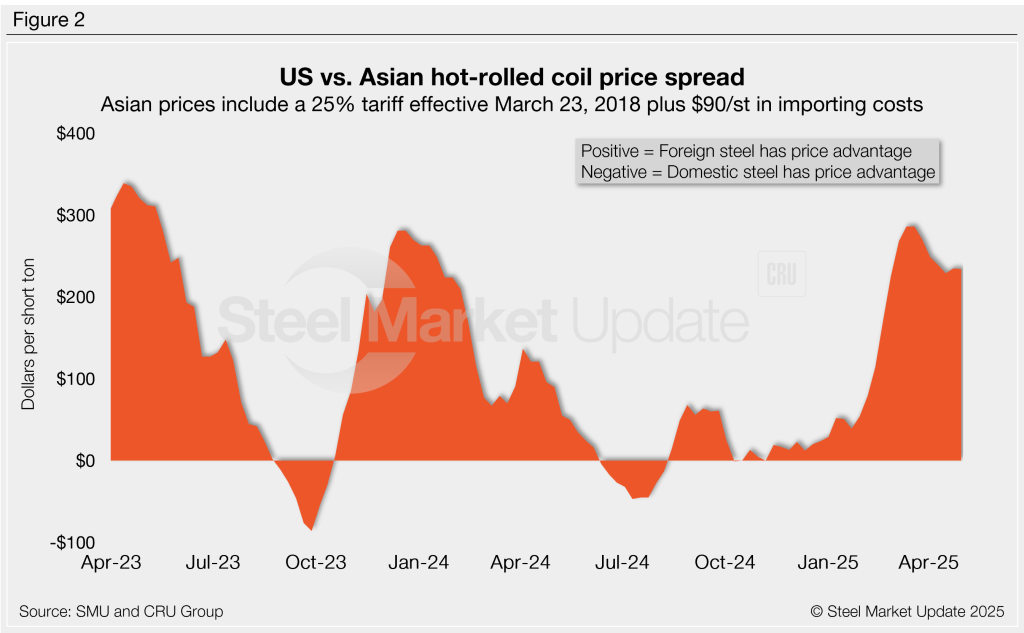
Italian HRC
Italian HR prices eased by $3/st this week to $654/st, but $40/st higher over the past three weeks, according to CRU. After reintroducing the 25% tariff and $90/st in estimated import costs, the delivered price of Italian HR is, in theory, $908/st.
That means domestic HR coil is theoretically $23/st cheaper than imports from Italy. That’s down $7/st w/w but a $58/st turn in just three weeks. It also represents a $257/st swing before S232 was reinstated. Without the 25% tariff, US prices were, in theory, $234/st above Italian imports.
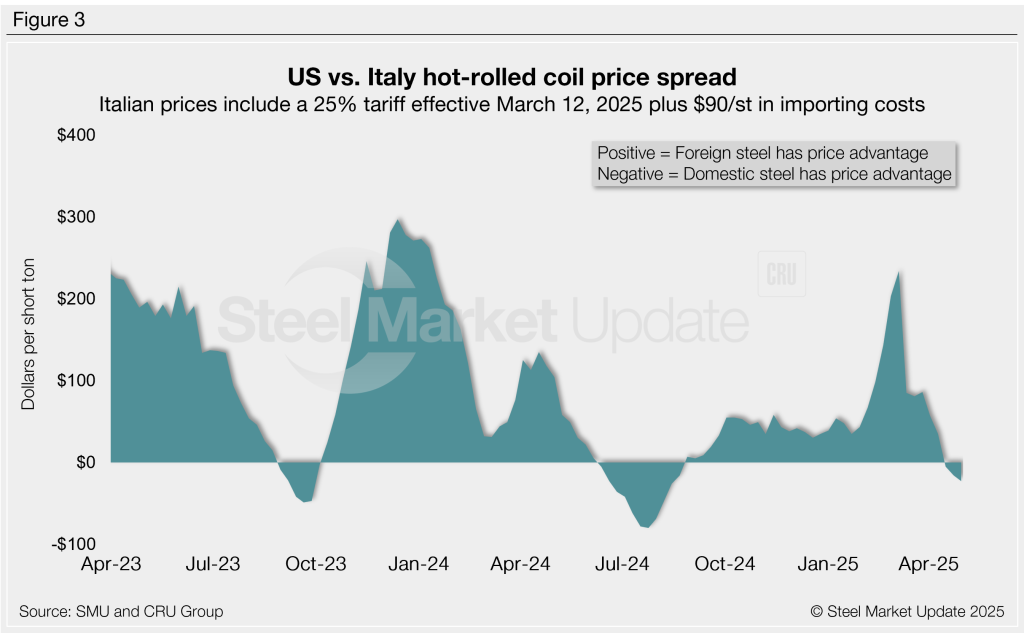
German HRC
CRU’s German HR price was down $4/st to $689/st this week. After adding a 25% tariff and $90/st in import costs, the delivered price of German HR coil is, in theory, $951/st.
The result: Domestic HR is theoretically now $66/st cheaper than HR imported from Germany, a $87/st swing vs. four weeks ago when stateside product was $21/st more expensive.
US hot band held a $207/st premium over German HR little more than a month ago – which had represented the widest margin in 14 months.
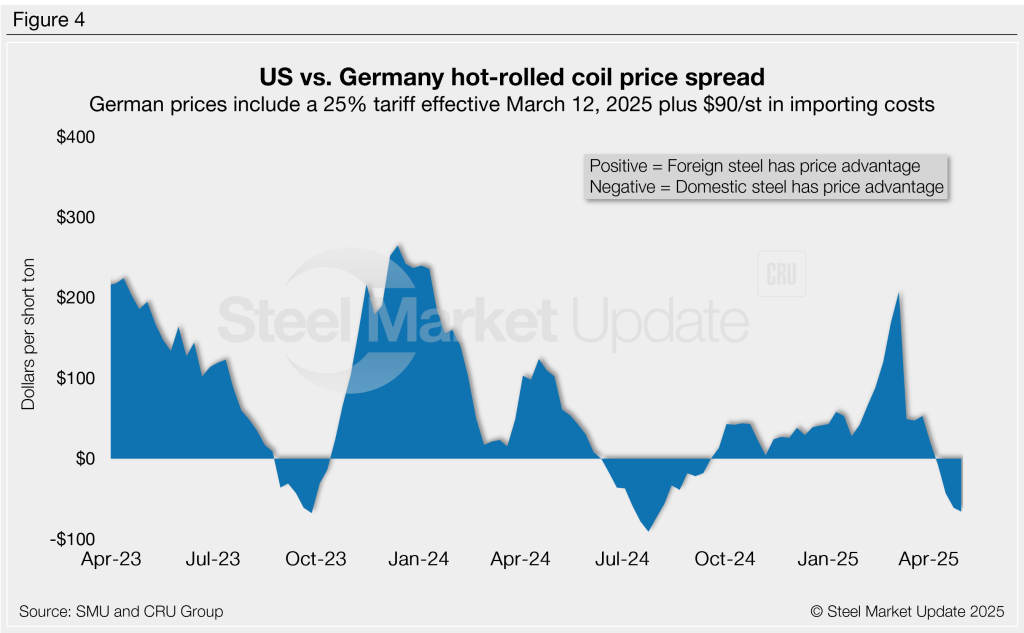
Editor’s note
Freight is important when deciding whether to import foreign steel or buy from a domestic mill. Domestic prices are referenced as FOB the producing mill. Foreign prices are CIF, the port (Houston, NOLA, Savannah, Los Angeles, Camden, etc.). Inland freight, from either a domestic mill or from the port, can dramatically impact the competitiveness of both domestic and foreign steel. It’s also important to factor in lead times. In most markets, domestic steel will deliver more quickly than foreign steel. Effective March 12, 2025, undiluted Section 232 tariffs were reinstated on steel. All steel imports and many derivative products now face a 25% tariff. Therefore, the German and Italian price comparisons in this analysis now include a 25% tariff. We do not include any antidumping (AD) or countervailing duties (CVD) in this analysis.

David Schollaert
Read more from David SchollaertLatest in Steel Products

CRU: US stainless prices to rise on expanded S232 tariffs
Stainless prices in the US market will rise, following price increases by major US producers. Our base case scenario incorporates higher US prices in the near term, despite the initial negative reaction by the market. US stainless prices will go up in 2025 H2 and will stay elevated in 2026 as tariffs on stainless […]
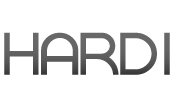
Galvanized steel demand unsteady amid lingering buyer fatigue: HARDI
Uneven demand for galvanized steel in June reflects a market that remains mired in uncertainty, according to industry sources.

OCTG industry salutes Customs for catching trade crooks
The US OCTG Manufacturers Association is commending US Customs for intercepting another Thai company's attempt to illegally transship Chinese oil pipe to the US.
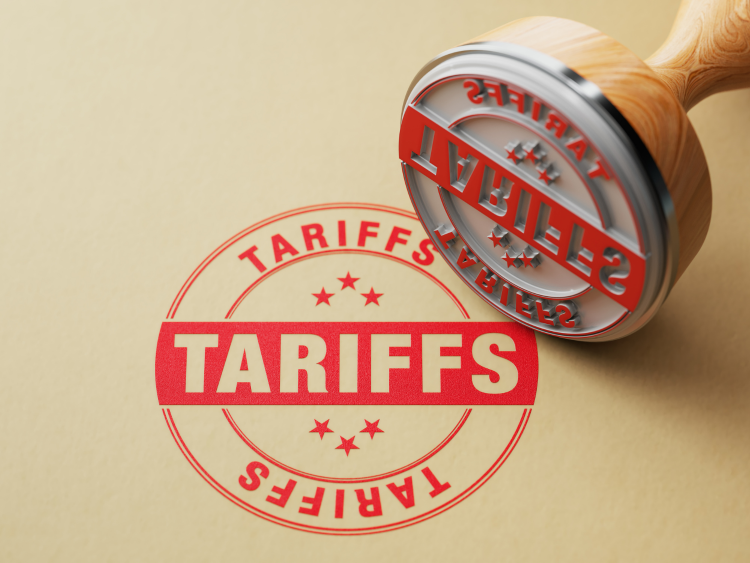
Whirlpool says tariffs will bolster business
“Economically, the business case for products made in the us has become a lot more attractive," the CEO told Fox Business.

Worthington Enterprises buys Elgen Manufacturing
Worthington Enterprises acquires HVAC products maker Elgen Manufacturing.
